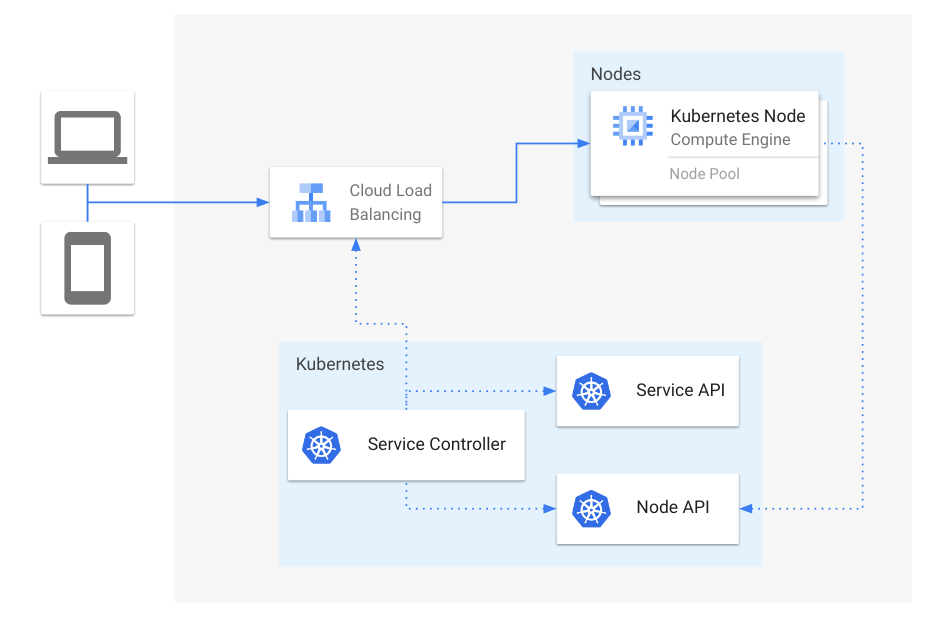Author: Sunny Bhambhani (InfraCloud Technologies)
Kubernetes has been widely adopted, and many organizations use it
as their de-facto orchestration engine for running workloads that
need to be created and deleted frequently. Therefore, proper
scheduling of the pods is key to ensuring that application pods are
up and running within the Kubernetes cluster without any
issues.This article delves into the use cases around resource
management by leveraging the PriorityClass object to protect
mission-critical or high-priority pods from getting evicted and
making sure that the application
Authors: Filip Křepinský (Red Hat), Morten
Torkildsen (Google), Ravi Gudimetla (Apple) Ensuring the
disruptions to your applications do not affect its availability
isn't a simple task.Last month's release of Kubernetes v1.26 lets
you specify an unhealthy pod eviction policy for PodDisruptionBudgets (PDBs) to help you
maintain that availability during node management operations.In
this article, we will dive deeper into what modifications were
introduced for PDBs to give application owners greater flexibility
in managing disruptions.
What problems does this solve?
API-initiated eviction of pods respects PodDisruptionBudgets
Author: Roman Bednář (Red Hat) The v1.25 release
of Kubernetes introduced an alpha feature to change how a default
StorageClass was assigned to a PersistentVolumeClaim (PVC).With the
feature enabled, you no longer need to create a default
StorageClass first and PVC second to assign the class.Additionally,
any PVCs without a StorageClass assigned can be updated later.This
feature was graduated to beta in Kubernetes 1.26. You can read
retroactive default StorageClass assignment in
the Kubernetes documentation for more details about how to use
that, or you
Author: Takafumi Takahashi (Hitachi Vantara)
Kubernetes v1.26, released last month, introduced an alpha feature
that lets you specify a data source for a PersistentVolumeClaim,
even where the source data belong to a different namespace.With the
new feature enabled, you specify a namespace in the
dataSourceRef field of a new
PersistentVolumeClaim.Once Kubernetes checks that access is OK, the
new PersistentVolume can populate its data from the storage source
specified in that other namespace.Before Kubernetes v1.26, provided
your cluster had the AnyVolumeDataSource feature
enabled, you could already provision new volumes from  Authors: Andrew Sy Kim (Google) Kubernetes v1.26
includes significant advancements in network traffic engineering
with the graduation of two features (Service internal traffic
policy support, and EndpointSlice terminating conditions) to GA,
and a third feature (Proxy terminating endpoints) to beta.The
combination of these enhancements aims to address short-comings in
traffic engineering that people face today, and unlock new
capabilities for the future.
Authors: Andrew Sy Kim (Google) Kubernetes v1.26
includes significant advancements in network traffic engineering
with the graduation of two features (Service internal traffic
policy support, and EndpointSlice terminating conditions) to GA,
and a third feature (Proxy terminating endpoints) to beta.The
combination of these enhancements aims to address short-comings in
traffic engineering that people face today, and unlock new
capabilities for the future.
Traffic Loss from Load Balancers During Rolling Updates
Prior to Kubernetes v1.26, clusters could experience loss of traffic from Service load balancers during rolling updatesWeitere Beiträge ...
- Blog: Kubernetes 1.26: Job Tracking, to Support Massively Parallel Batch Workloads, Is Generally Available
- Blog: Kubernetes v1.26: CPUManager goes GA
- Blog: Kubernetes 1.26: Pod Scheduling Readiness
- Blog: Kubernetes 1.26: Support for Passing Pod fsGroup to CSI Drivers At Mount Time
- Blog: Kubernetes v1.26: GA Support for Kubelet Credential Providers
Seite 6 von 19